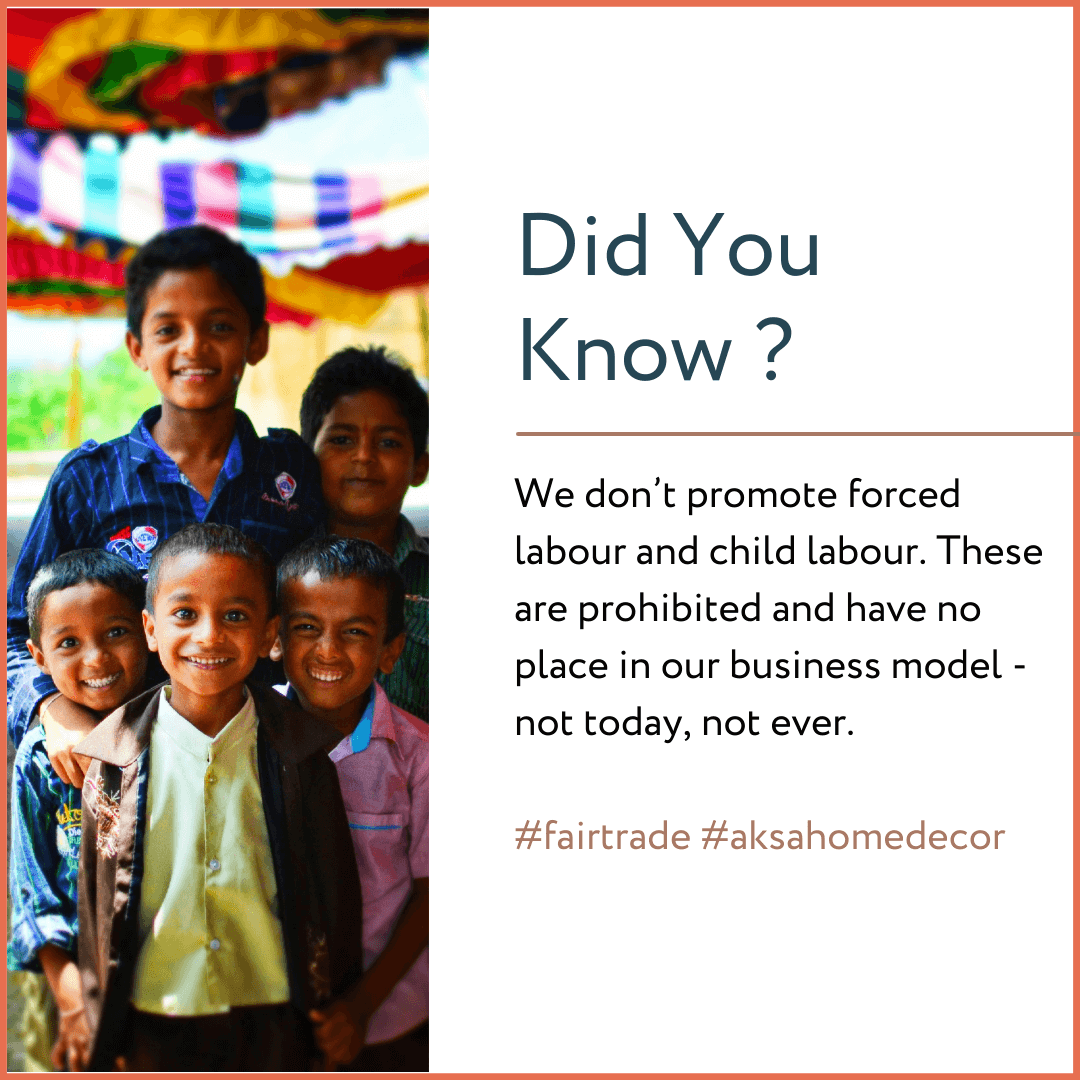
Hidden Tragedy: Insights on forced labour and child labour
Contemporary forms of slavery persist unnoticed within the fabric of society worldwide, intricately woven into daily life. Every day, individuals fall victim to deception, coercion, or outright force, thrust into exploitative circumstances from which escape seems impossible. Unbeknownst to us, we inadvertently contribute to this hidden tragedy by purchasing products or utilizing services crafted or provided through coercion.
In 2021 alone, an estimated 50 million individuals were trapped in modern slavery, marking a stark increase of 10 million people since 2016. Here are some general insights on forced labour and child labour:
Forced Labour:
-
Agriculture and Farming: According to the Global Slavery Index, agriculture and farming sectors are among the industries where forced labour occurs, including migrant workers who may be vulnerable to exploitation due to their visa status.
-
Construction: There have been reports of forced labor in the construction industry, particularly among migrant workers employed by subcontractors or labor hire firms.
-
Hospitality and Tourism: Instances of forced labour, including debt bondage and exploitation of temporary visa holders, have been documented in the hospitality and tourism sectors, such as hotels, restaurants, and domestic work.
Child Labour:
-
Agriculture: Child labour remains a concern in the agricultural sector, particularly in seasonal and remote areas where children may be involved in harvesting crops or working on family farms outside of school hours.
-
Retail and Textiles: Children may be employed in retail and textile industries, including garment factories or small workshops, where they may be exposed to hazardous working conditions and long hours.
-
Domestic Work: Child labour in domestic work, such as cleaning and caregiving, can occur in private households, often with limited oversight and protection.
To put this in perspective, here is an alarming statistic (source: statista.com) - It is estimated that India is home to approx. 444 million children. According to the 2011 census, approximately ten million children between the ages of 5 and 14 were engaged in work. Among them, the majority fell within the 10-14 age bracket. Approximately 6.1 percent of these child workers were boys, while 5.3 percent were girls.
If we compare how India stand worldwide in terms of modern slavery, it saddens to report that India has the highest number of people living in modern slavery. This can take the form of forced labourers, sexual exploitation, forced marriages or other forms of coercion. An estimated 11 million people were living in modern slavery in India!
Those figures speak for themselves about the need for change and reforms. While the governments are doing their bit, contribution from worldwide community also makes a difference. This is where fair trade business model fits well.
Majority of our range is handcrafted in India and we are happy to report that we don't contribute at all to these worrying numbers. In fact, our aim is to reduce this as much as we can by taking care of the maker community so that their children can complete their education and live a carefree life.
It's important to note that combating forced labour and child labour requires ongoing efforts from government agencies, businesses, civil society organizations, and consumers to raise awareness, enforce regulations, and promote ethical supply chains. Fair trade businesses like ours ensures that forced labour and child labour are prohibited and have no place in our business model. With your support, we can continue to make a difference in the lives of our artisans.
